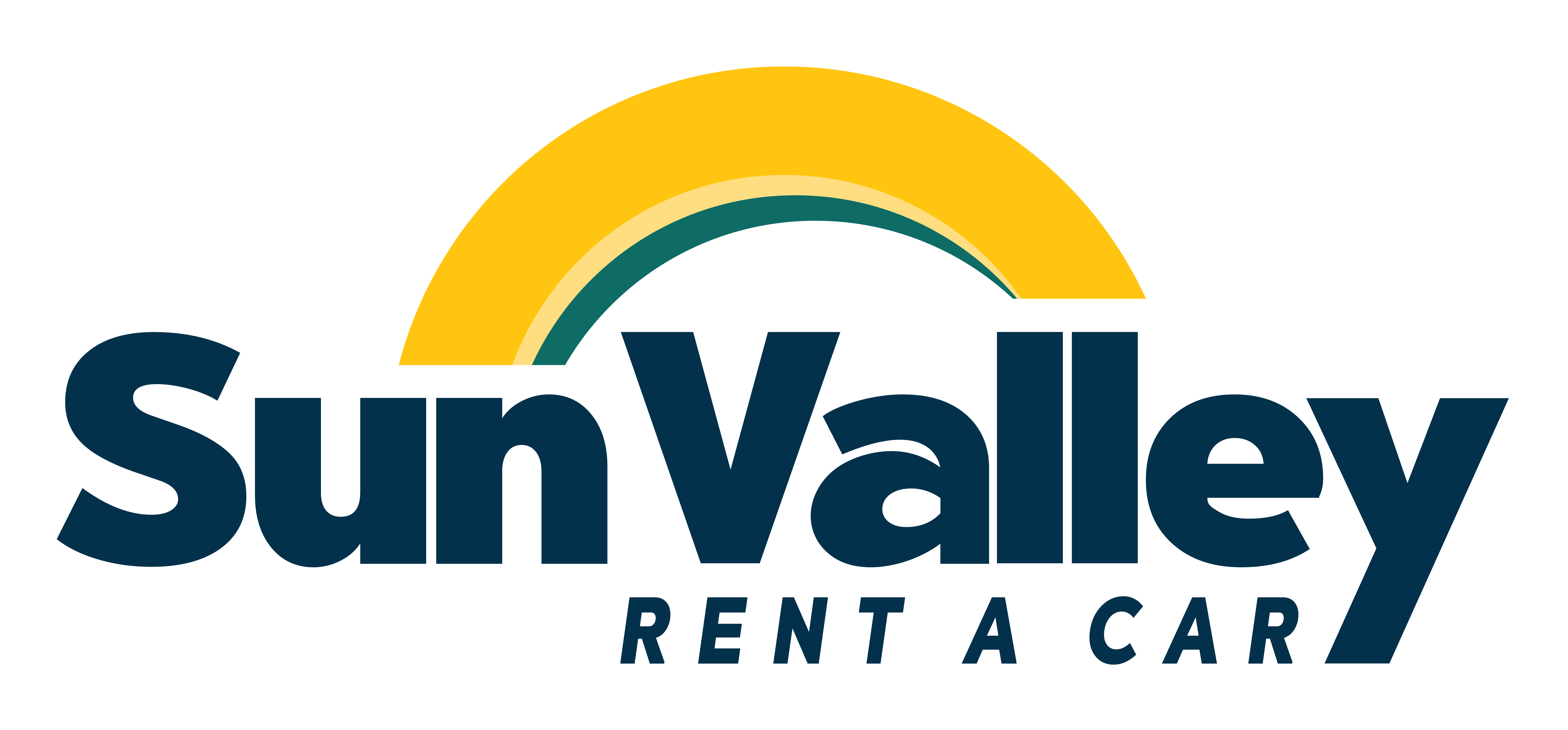Everything you need to know to drive safely, confidently, and smart in Costa Rica — especially if it’s your first time visiting.
Driving in Costa Rica Is an Adventure — If You’re Prepared
Renting a car in Costa Rica is one of the best ways to explore the country’s volcanoes, beaches, and rainforests at your own pace. But driving here might feel a little… different.
From unpaved roads and speed bumps to tropical storms and river crossings, there are a few things to keep in mind before you hit the gas.
Here’s what you should know — and how to stay safe with the right vehicle.
1. Road Conditions Vary (A Lot)
Costa Rica’s main highways are generally in good condition. But once you get outside the cities and into the countryside, the roads can change fast:
- Dirt roads with potholes, rocks, or mud
- Steep hills and tight curves in mountain areas
- Single-lane bridges and narrow shoulders
- Limited street lighting after dark
Pro Tip: If you’re visiting places like Monteverde, Santa Teresa, Nosara, or Río Celeste, a 4×4 SUV is highly recommended.
2. Google Maps Isn’t Always 100% Reliable
Yes, GPS apps work in Costa Rica — but there’s a catch:
- Routes might include seasonally closed or washed-out roads
- Locals often give directions using landmarks, not addresses
- Internet signal is spotty in rural areas
✅ What to do:
- Download offline maps (Google Maps or Waze)
- Ask locals or your rental company for route tips
- Always give yourself extra time
3. Speed Limits Are Lower and Enforced
Speed limits in Costa Rica are in kilometers per hour, and they’re often lower than what you’re used to in the U.S.:
- Towns and schools: 25–40 km/h (15–25 mph)
- Highways: 60–90 km/h (37–56 mph)
Police sometimes set up random checkpoints. Always carry:
- Your passport or a copy
- A valid driver’s license from your home country
- Rental agreement and insurance documents
4. Gas Stations Are Full-Service
No self-serve here — when you pull up, a station attendant will:
- Fill your tank
- Clean your windshield if you ask nicely
- Accept cash or card
Pro Tip: Always verify the price on the pump before they start filling.
Bonus Tip:
Most attendants can also check your tire pressure — and we recommend asking them to do so, especially if you’re about to head into the mountains or drive long rural distances. It’s quick, free, and helps keep your ride smooth and safe.
5. Watch Out for People, Animals, and… Everything
In Costa Rica, it’s common to see:
- Pedestrians and cyclists using the road shoulder
- Children walking to school (even in remote areas)
- Wild animals crossing (sloths, iguanas, coatis, and more)
Always drive cautiously in rural and residential areas, especially early mornings and evenings.
6. Defensive Driving Is Key
You’re not just navigating terrain — you’re adapting to a different driving culture.
- Expect other drivers to pass aggressively
- Speed bumps aren’t always marked
- Rain can turn a dry dirt road into a muddy slip-and-slide
✅ Solution: Take it slow, leave early, and rent a vehicle you can trust.
✅ Why You’ll Want a 4×4 SUV
Whether you’re driving along the coast or heading to the mountains, a 4×4 SUV makes everything easier:
- Better traction on dirt or wet roads
- Higher clearance for potholes, rocks, and water
- More space for bags, gear, and passengers
- Peace of mind when the weather changes or roads get tough
🚗 Choose Confidence. Choose Sun Valley Rent A Car.
At Sun Valley Rent A Car, we make driving in Costa Rica as smooth as possible:
- 🚙 A fleet of 4×4 SUVs — rugged, reliable, and comfortable
- 🛞 All vehicles are equipped with all-terrain (AT) tires for extra grip and control on varied surfaces
- 🛡️ Third-party liability + CDW included in every rental
- 🎁 Free extras: cooler, booster seat, second driver
- 🛬 Airport pickup/drop-off included — no extra cost
- 💬 Local support to help you plan your route and navigate with confidence
👉 Book your SUV now and explore Costa Rica with the freedom to go wherever the road takes you.
